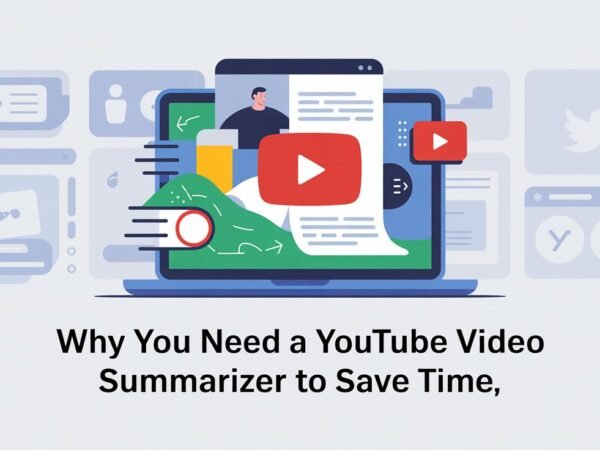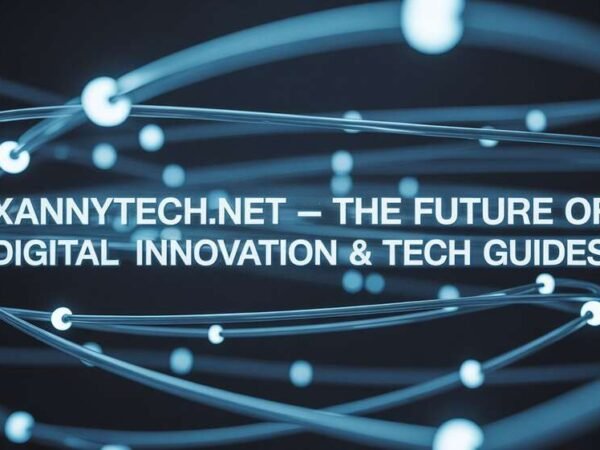G’day, fellow road warriors! If you’ve recently joined the electric vehicle (EV) revolution or are thinking about making the switch, you’re in the right place. Navigating the world of EV charging can feel a bit like learning a new dance, but don’t worry—we’re here to guide you through every step with a friendly Aussie flair.
Why EV Charging Matters
First things first, why is understanding EV charging so crucial? Well, unlike traditional petrol or diesel cars, electric vehicles rely entirely on electricity to get you from Point A to Point B. This means knowing how to charge your EV efficiently is key to ensuring you’re never left stranded on the side of a beautiful Australian outback road.
Types of EV Chargers Explained
Let’s dive into the different types of chargers you’ll encounter down under:
Level 1 Chargers
These are your basic chargers, usually plugged into a standard household socket. They’re slow, taking up to 20 hours to fully charge most electric vehicles (EVs), but they’re ideal for overnight charging at home. Imagine waking up to a fully charged car, ready for your morning coffee run!
Level 2 Chargers
Level 2 chargers are a step up, offering faster charging speeds. They require a dedicated 240-volt outlet and can charge your EV in about 4-6 hours. These are ideal for homes, workplaces, and public charging stations across Australia’s cities. Whether you’re parked at the office or enjoying a day at the beach, Level 2 chargers make charging convenient.
DC Fast Chargers
If you’re in a rush, DC Fast Chargers are your best mate. These powerful chargers can juice up your EV to 80% in as little as 30 minutes. Perfect for those long trips along the Great Ocean Road or a quick pit stop during a weekend getaway.
Understanding Charging Connectors
Australia predominantly uses Type 2 connectors for charging, which are compatible with most modern electric vehicles (EVs). However, some older models might use CHAdeMO or CCS connectors. It’s always a good idea to check your vehicle’s specifications and ensure you have the correct adapter if needed.
Public vs. Home Charging: Finding Your Balance
Deciding between public and home charging can feel a bit like choosing between Vegemite and Tim Tams—both have their perks!
Home Charging Advantages
Convenience: Charge your car while you sleep.
Cost-Effective: Generally cheaper than public charging.
Security: Your vehicle stays safe at home.
Public Charging Benefits
Flexibility: Charge on the go, whether you’re shopping or exploring.
Speed: Access to faster charging options.
Extended Range: Ideal for longer trips across Australia.
The Growing EV Charging Network in Australia
Australia is rapidly expanding its electric vehicle (EV) charging infrastructure, making it easier than ever to own and operate an electric vehicle. From the bustling streets of Sydney to the serene landscapes of Perth, charging stations are popping up everywhere.
Urban Hubs
In major cities like Melbourne and Brisbane, you’ll find a dense network of public chargers, including EV charging stations. These hubs are strategically located near shopping centers, restaurants, and workplaces, ensuring you’re never far from a power boost.
Rural and Remote Areas
For those venturing off the beaten path, Australia’s vast landscapes require careful planning and preparation. While rural areas may have fewer charging points, apps, and online maps make it easier to locate the nearest station. Plus, with the increasing number of solar-powered chargers, renewable energy is becoming a staple in remote regions.
Smart Charging: The Future is Here
Innovative charging technology is revolutionizing how we power our electric vehicles. Imagine your car communicating with your home’s energy system, optimizing charging times based on electricity rates and your daily schedule. This not only saves you money but also reduces strain on the power grid.
Mobile Apps and Connectivity
Modern electric vehicles (EVs) come equipped with apps that allow you to monitor and control your charging remotely. Whether you’re at work or lounging at Bondi Beach, you can check your car’s status and even start or stop charging with a tap on your smartphone.
Incentives and Rebates for Australian EV Owners
The Australian government and various states offer incentives to encourage EV adoption. From rebates on purchasing electric vehicles to discounts on installing home chargers, these programs can significantly reduce the overall cost of owning an EV.
Federal Incentives
At the federal level, schemes like the Electric Vehicle Homecharge Scheme (EVHS) provide subsidies for installing Level 2 chargers at your residence. It’s worth checking eligibility and applying to take advantage of these benefits.
State-Specific Programs
Different states have their incentives. For example, Victoria offers stamp duty exemptions for electric vehicles (EVs), while New South Wales provides additional rebates and support for the development of public charging infrastructure. Always keep an eye out for the latest local incentives to make your EV journey smoother.
Maintaining Your EV Charger
Just like your vehicle, your charger needs a bit of TLC to keep it running smoothly. Regularly inspect cables for wear and tear, ensure connections are secure, and keep the charger clean from dust and debris. A well-maintained charger not only lasts longer but also provides safe and efficient charging.
Typical EV Charging Myths Debunked
There are plenty of misconceptions floating around about EV charging. Let’s set the record straight:
Myth 1: EVs Can’t Travel Long Distances
Modern electric vehicles boast impressive ranges, often exceeding 300 kilometers on a single charge. With the expanding network of fast chargers, long-distance travel across Australia is more feasible than ever.
Myth 2: Charging Takes Forever
While Level 1 charging is slow, Level 2 and DC Fast Chargers significantly reduce charging times. Most everyday driving needs can be met with overnight or quick top-ups during the day.
Myth 3: EVs Are Expensive to Maintain
Electric vehicles typically have fewer moving parts than traditional cars, resulting in lower maintenance costs. No more oil changes or exhaust system repairs!
Future Trends in EV Charging
The future of electric vehicle (EV) charging in Australia looks bright. Innovations like wireless charging pads, ultra-fast chargers, and vehicle-to-grid (V2G) technology are on the horizon, promising even greater convenience and integration with renewable energy sources.
Wireless Charging
Imagine simply parking your EV over a charging pad without plugging in. Wireless charging technology is making this a reality, offering a seamless and cable-free experience.
Vehicle-to-Grid (V2G)
V2G technology allows your EV to not only draw power from the grid but also send electricity back when needed. This can help balance the grid during peak times and provide you with potential energy credits.
Conclusion: Embrace the Electric Future
Transitioning to an electric vehicle is an exciting journey, especially with the robust charging infrastructure growing across Australia. By understanding the types of chargers, knowing where to find them, and staying informed about the latest technologies and incentives, you’re well on your way to a smooth and sustainable driving experience.
So, whether you’re cruising down the coast or navigating the city streets, remember that the future of transportation is electric, and it’s looking brighter than ever. Happy charging!
Do Read: Latest Technology for HVAC Installation Contractors in 2025













